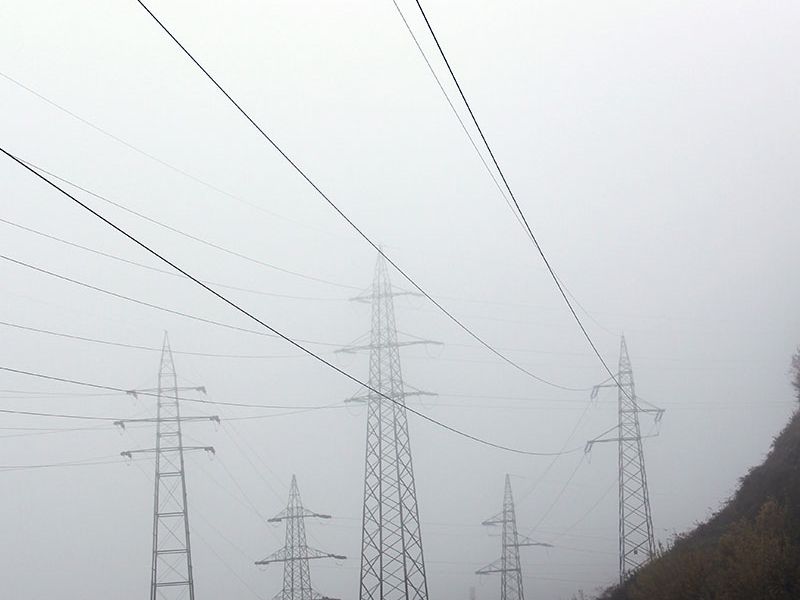DNA Testing Changes How We Detect And Treat Mold

 Mold has recently become a hot-button issue, with horror stories appearing on the news of unsuspecting people suffering from devastating illnesses caused by harmful fungi. Lawsuits against landlords and builders are increasing as more people seek legal help for compensation for mold-related sickness. It begs the question, “Why now?”
Mold has recently become a hot-button issue, with horror stories appearing on the news of unsuspecting people suffering from devastating illnesses caused by harmful fungi. Lawsuits against landlords and builders are increasing as more people seek legal help for compensation for mold-related sickness. It begs the question, “Why now?”
Since ancient times, humans have lived with mold, with texts like the Bible referencing the toxic substance. If mold has existed for thousands of years, why is there so much interest in it now? Has it become more toxic than 10, 20, or 50 years ago? What’s changed?
The Impact of Scientific Research on Understanding Mold
While some scientists have theorized that mold is now more toxic than it was in the past, the most likely answer is that improved detection techniques make it easier to find hidden mold. The days of searching for mold spores in air samples are behind us. We now know ingestion isn’t the only way this fungus can cause sickness. Some strains are more harmful than others, and we now have the tools to identify and address mold and mycotoxin exposure. As more studies come out, we find that mycotoxins in buildings can be inhaled or absorbed through skin contact with mycotoxin-rich dust.
Mold Detection and Symptom Identification
It’s now possible to detect elevated mold counts and toxic species in a variety of areas, including:
-
Household dust
-
Furniture
-
Carpet
-
Furnaces
-
Mini-Splits and air conditioners
-
Heating and cooling systems
-
Ductwork
-
Air purifiers
-
Dehumifiers
-
Mattresses
-
C-PAP machines
-
Car ventilation systems, upholstery and carpeting
Mold spores were likely present in these locations before but were untreated due to a lack of understanding of the signs of mycotoxin poisoning. Research into the topic unveiled unexpected symptoms previously unknown to scientists. For example, toxic black mold under the kitchen sink may cause dizziness or shortness of breath while cleaning the dishes. Sufferers would seek medical help only to receive a diagnosis of a vague ailment like hypersensitivity pneumonitis, a lung inflammation, or vertigo. For many, the symptoms would continue as they underwent unsuccessful treatments that failed to target the real culprit.
Exciting Advancements in Mold Detection
Advanced DNA extraction techniques like MSqPCR (Mold-Specific quantitative PCR) have improved mold awareness and solved  mysterious illnesses. While we already knew that mold and mold toxins caused sickness, including liver and kidney damage, cancers, and even death, inspectors lacked the necessary lab tests to identify the fungus in indoor spaces.Now, however, healthcare workers can test a patient’s blood for mold exposure markers, opening doors to effective treatments that were once closed. Armed with these new testing techniques, our knowledge of mold and its effects has skyrocketed.
mysterious illnesses. While we already knew that mold and mold toxins caused sickness, including liver and kidney damage, cancers, and even death, inspectors lacked the necessary lab tests to identify the fungus in indoor spaces.Now, however, healthcare workers can test a patient’s blood for mold exposure markers, opening doors to effective treatments that were once closed. Armed with these new testing techniques, our knowledge of mold and its effects has skyrocketed.
More than a decade after implementing this new technology, we can better understand and link occupants’ symptoms with mold contamination in buildings and even identify which mold species cause the strongest reactions.
The History of Mold Detection
In 2004, the Institute of Medicine released a report titled ” Damp Indoor Spaces and Health,” which would pave the way for modern-day advancements in mold detection. It outlined the results of a study showing the connection between damp indoor spaces and mold to illness. The report recommended developing better measurement methods for specific microorganisms using DNA-based and other advanced technologies. 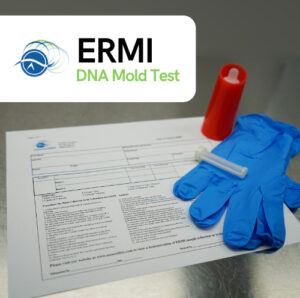
As a result of this report, the US Environmental Protection Agency (EPA) developed a DNA-based test called the ERMI (Environmental Relative Mold Index) that provides a straightforward, objective, sensitive, and standardized method of assessing mold markers in indoor spaces. The test uses dust samples collected from homes and provides highly accurate results. It is important to note that the EPA considers the ERMI a research tool and doesn’t recommend it as the sole testing technique for residential or commercial spaces.
As time progressed, air-quality professionals began using a similar DNA-based testing technique to identify mold in buildings. These techniques drastically improved the ability to discover mold in areas where previous air sample tests could not. These discoveries led to a more comprehensive understanding of what happens when mold is disturbed. It also answered the questions of why people were becoming sick during mold remediation and whether a person transports mold when moving from one contaminated space to one without mold (the mold spores attach to their belongings, contaminating the new space.)
In 2009, the World Health Organization (WHO) concluded that dampness and mold in interior spaces led to a 30% to 50% increase in respiratory and asthma-related sickness. They also found a correlation with higher ERMI values in homes and a greater likelihood of asthma among occupants. Understanding proper cleaning techniques and the best way to remove mold fragments, mycotoxins, and other mold by-products greatly impacted how professionals treated mold infestations.
Conclusion
Recognizing water damage, moisture, and visible mold remain important aspects of mold inspections, but new technologies allow us to see once-invisible spores. We now understand why some people exhibit symptoms even when mold isn’t easily identified. As in law enforcement, DNA technology is an increasingly powerful forensic tool changing the game for mold inspectors and healthcare workers alike.
Related Posts
Critical Alert: Nashville Commercial Air Quality Issues Could Be Costing You More Than You Think

Breathe Easier: Why a Nashville Air Quality Test Could Transform Your Health
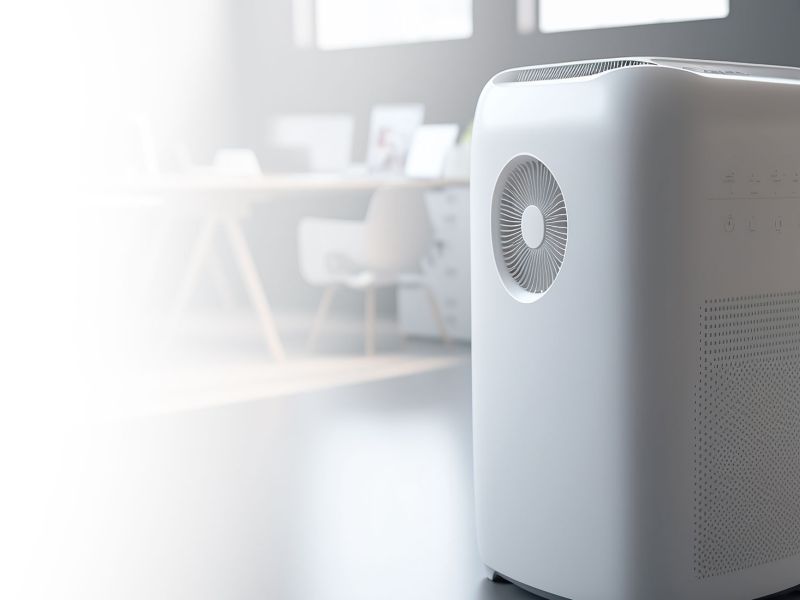
Worried About Mold? Nashville Mold Testing Can Give You Peace of Complete Mind
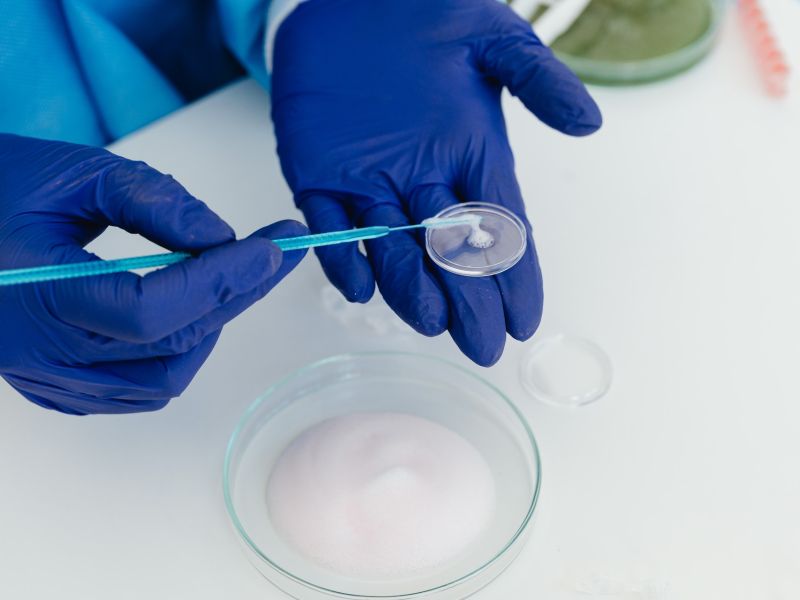
Nashville Mold Inspection Guide: Discover the Alarming Signs You Can’t Ignore
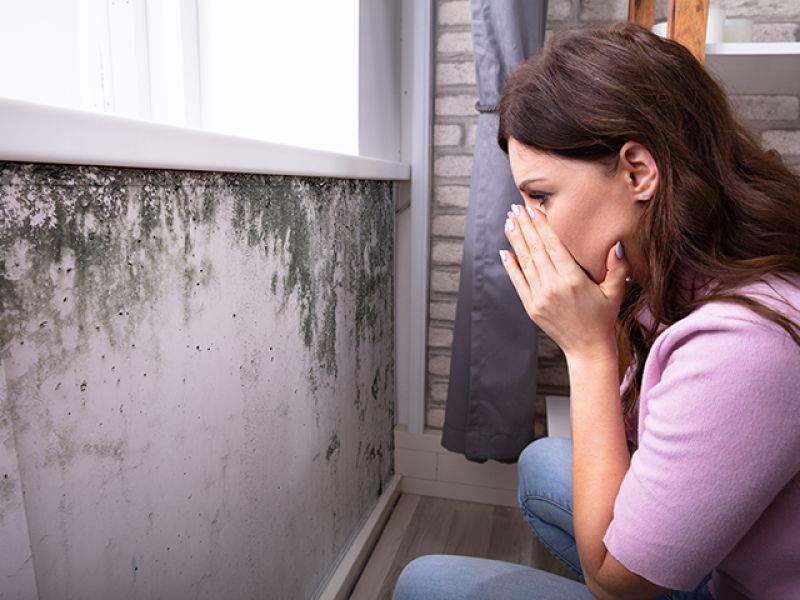
Hidden Dangers? Why Nashville EMF Testing Is Gaining Urgent Attention
